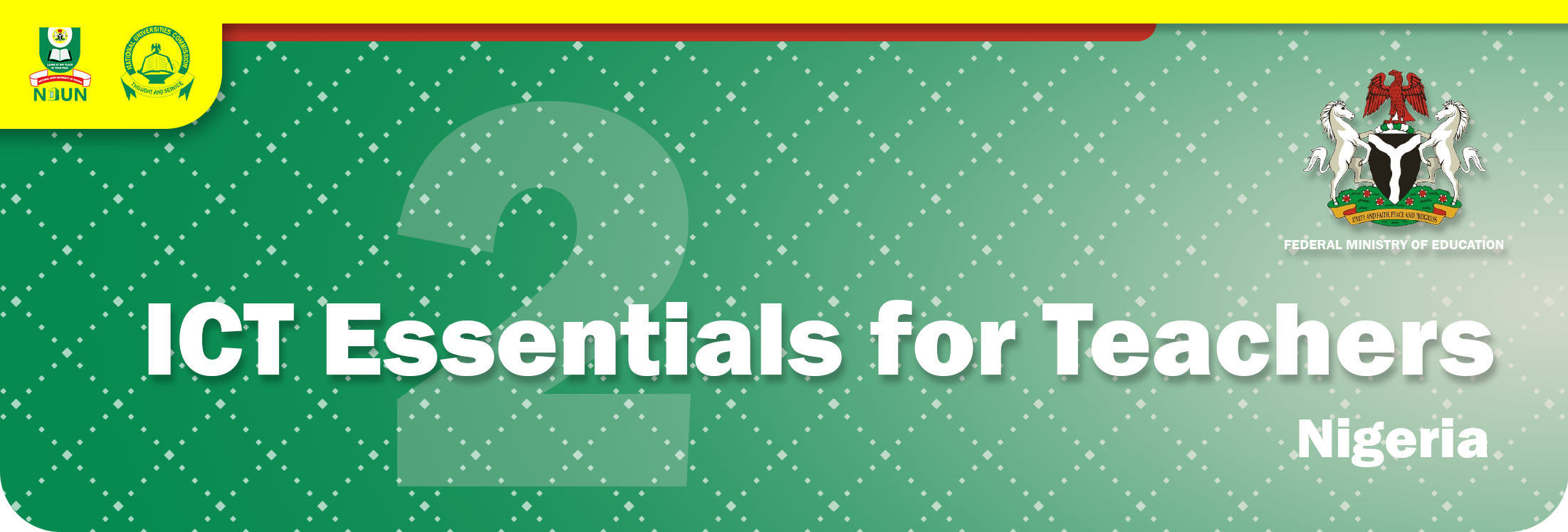General



![]()
Welcome to this unit. We shall be learning about Open Educational Resources (OERs) in general and in specifics we will share information on how to find, adapt, create and share OERs. As educators, we are sometimes face with challenges of how to create and update our lesson materials without being encumbered with access fees. OERs have given us opportunity to use openly licensed materials to teaching, learning and research and we need to have insight on how to best harness this opportunity. Come along as we learn about this.
![]()
At the end of this unit, you should be able to:
Creating OERs
Creating an OER is a different process than creating educational materials that will be published and distributed by a traditional publisher or even just distributed to your own students. When you author an OER, you contribute your knowledge freely and openly to a global community. That OER becomes community property, which can be used and changed often without you even being aware of it. You should be willing to share editable files of your OER to allow others to make changes and/or add to it in the form of an adaptation, and you should consider maintaining your OER by updating the content as necessary and correcting any mistakes. This allows for the on-going quality, relevance, and sustainability of your OER. Let’s take a look at the steps for creating OER
1. Plan
2. Pick a Tool
4. Share
Text adapted from Not Just Another Textbook by Lauri Aesoph, which is licensed under a CC BY 4.0 International License.
Sharing your OER
When you finish your OER, you will need to find a place where you can make it accessible to others. Before sharing, consider:
You could store your OER on a personal website or on a cloud platform, such as Google Drive or Dropbox; however, it may be hard for others to find your OER on these sites, and these sites may not be permanent. Below are some additional options for hosting your OER.
Deploying OER
To deploy your OER, you will need to develop a plan of activity. In traditional publishing models, marketing and promotion are completed for authors. For open education, however, you will need to get the word out there yourself about your resources. The following are tips on how to promote and deploy your OER.
CONCLUSION
We hope you learnt a lot from this unit. This unit provided insight on the definitions of OER, drawing examples from events that paved way towards our understandinbg of OERs. We further learnt about types and charactristics of OER. Of utmost importance is our understanding of open licenses. Taking note of the creative common licenses, we illustrated different types and the specific rights assigned to users. Further, we learnt how to find OER, how to create and deploy OERs and how to make our OER accessible.
![]()
In this unit, we learnt the following:
![]()
![]()
ICT Essentials for
Teachers by UNESCO is
licensed under a Creative Commons Attribution-ShareAlike 4.0 International
License.
All content not licensed under a Creative Commons licence is all rights reserved, and you must request permission from the copyright owner to use this material.